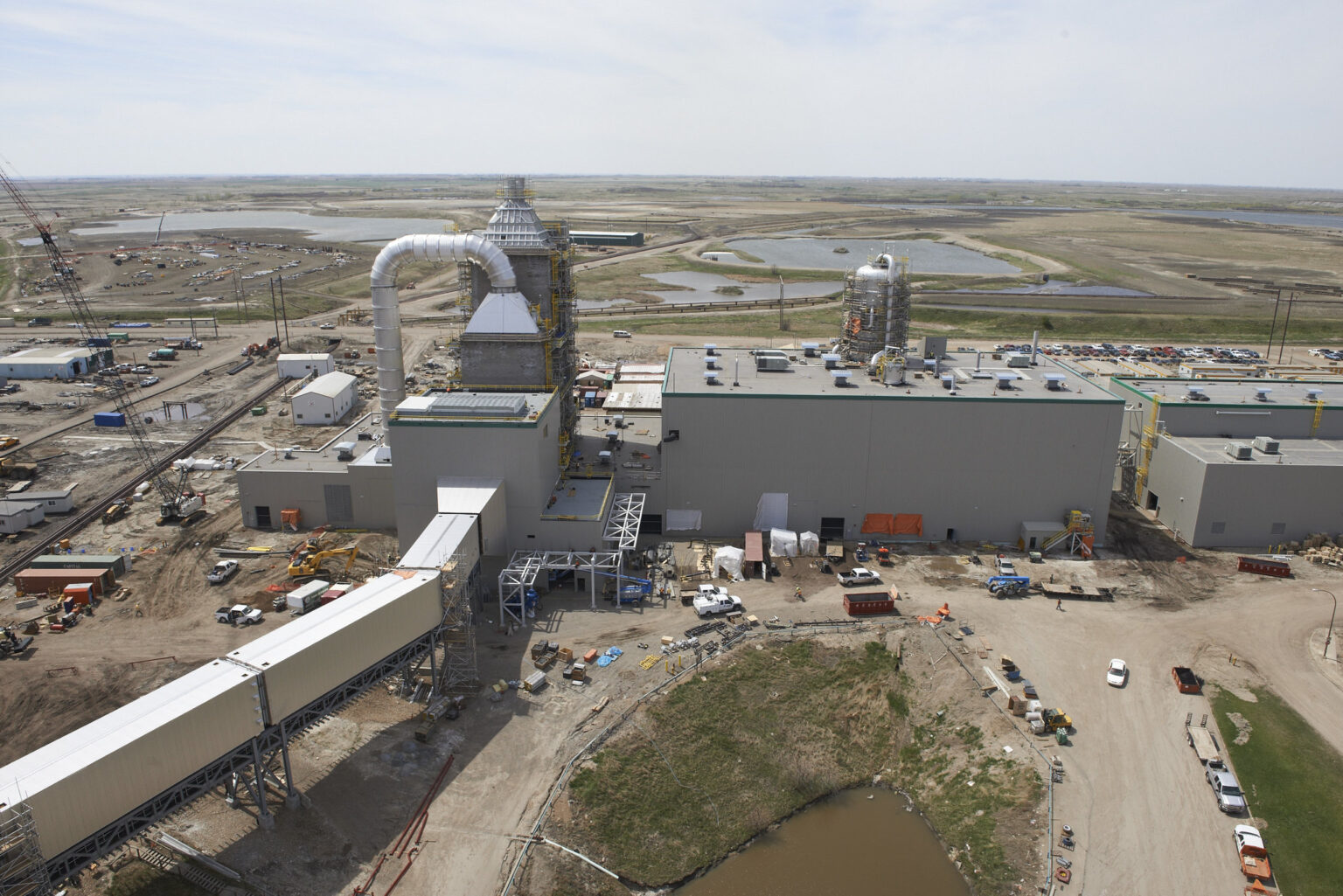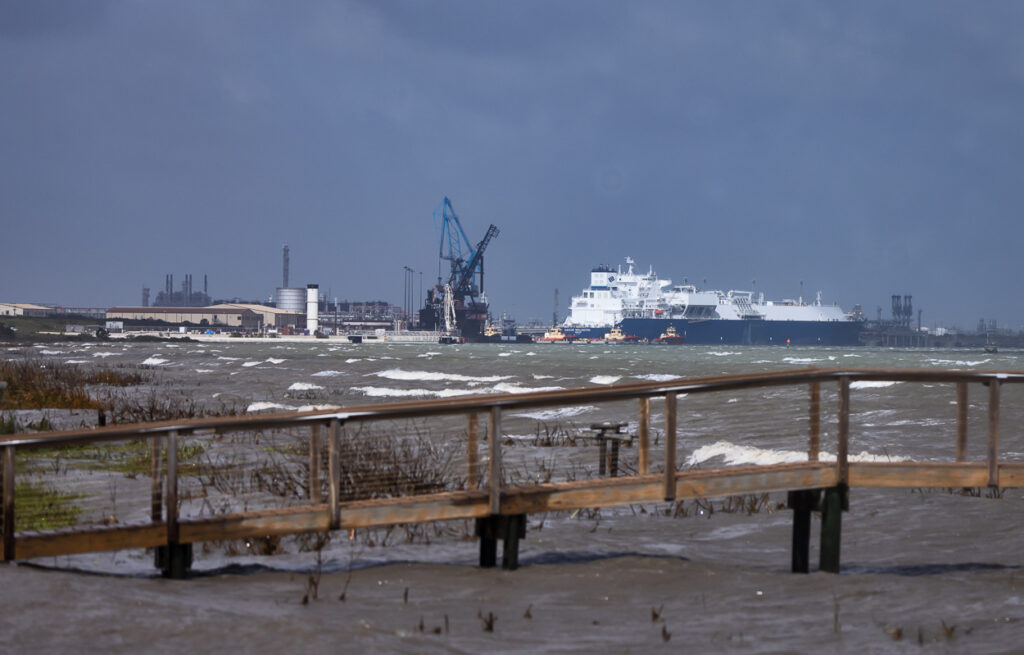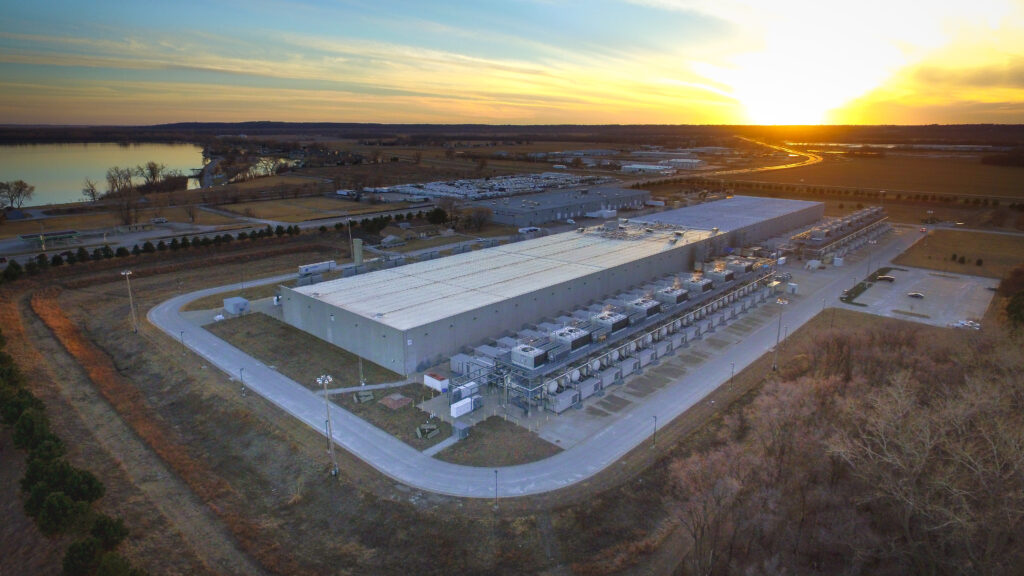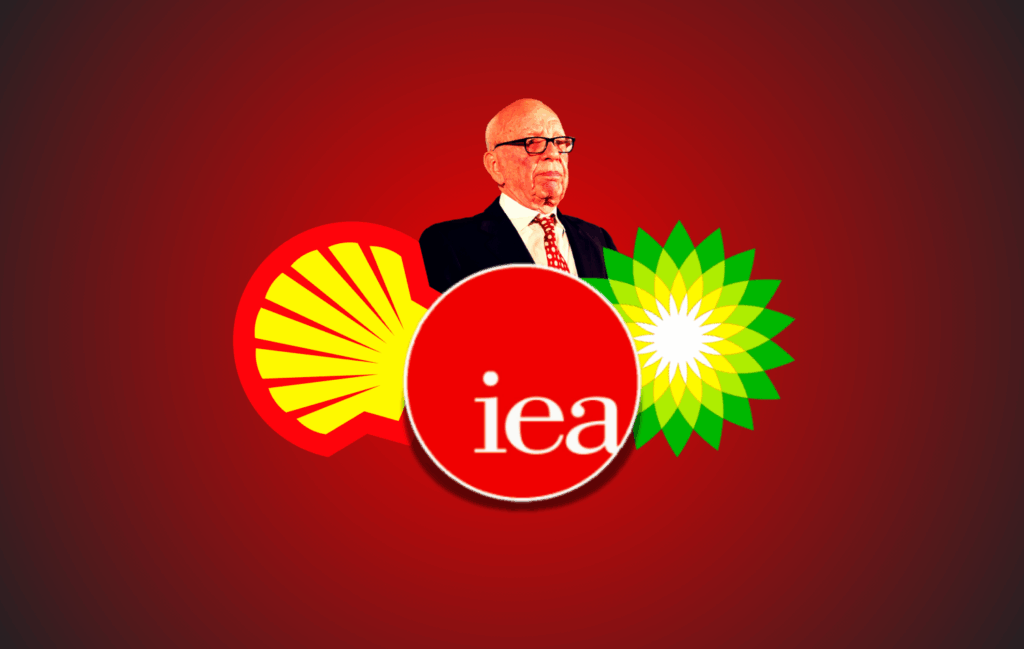Canada is the world’s second leading source of public funding for carbon capture and storage (CCS) technology, according to a new report, even though many experts say CCS is a greenwashing cover to pump more oil.
Oil Change International’s study, “Carbon Capture’s Publicly Funded Failure,” shows the Canadian government has given at least $2.2 billion (USD) in public subsidies to CCS efforts, out of a total of $20 billion worldwide.** Globally, the United States and Canada invest the most public money into the controversial technology, with the United States contributing $8 billion, the report states.
The study also identifies about $200 billion more in public subsidies approved for CCS projects across the globe in the coming years.This injection of funds means CCS will continue to expand, even though 79 percent of operating carbon capture capacity around the world uses the captured carbon dioxide (CO2) to produce more oil, according to the report.
“Carbon capture is a scam,” Lorne Stockman, research co-director of Oil Change International and lead researcher of the study, said in an interview.
Stockman’s analysis of carbon capture’s deficiencies is in line with other expert analysis, which shows that global CCS projects over promise and under deliver.
“It requires a lot of energy to run capture facilities and compress the carbon dioxide gas for transportation to where it is injected underground or used in other processes,” said Stockman. “It is, therefore, both an energy and money drain on our economy that is unnecessary for most of the energy services we require.”
Stockman noted that the vast majority of carbon capture projects in operation today capture emissions from oil and gas production and send the CO2 into oil wells to increase oil production using a process called Enhanced Oil Recovery (EOR) – canceling out any advantage CCS may have in preventing rising CO2 emissions.
Since 2009, Canadian federal and provincial governments have supplied at least $2.2 billion (USD) in public funding, including grants and loans, to support CCS efforts, according to Stockman.** However, that number may be an undercount of total government subsidies, he said, given it doesn’t include tax credits, such as the $10 billion federal government carbon capture tax credit announced to coincide with the COP 28 summit.
The tax credit was not initially supposed to be available to EOR projects, where carbon dioxide is pumped into old wells to drive out the last remaining amounts of oil or natural gas. However, the new draft legislation will allow tax credits for CCS projects that dedicate as little as 10 percent of their captured carbon for storage or sequestration purposes, even if the other 90 percent is being used for EOR.
How the Canadian government will actually go about measuring or verifying how much carbon is sequestered versus how much is used in EOR seems like an impossible task, according to Julia Levin, associate director, National Climate, for Environmental Defence.
“Verifying actual capture rates was always a real weakness with this tax credit,” Levin told DeSmog. Compared with the 45Q tax break in the United States, which only delivers tax credits for verified captured tons, an IRS investigation found that 87 percent of the claimed tons were never verified, she said. “It seems to me that they’re mostly just going to rely on industry reporting, and we know how well that works out.”
Not only is it unclear how the Canadian government will determine what part of the tax break is and isn’t being used for EOR, the very fact that the government is providing any subsidy to the industry is problematic.
“They’re still subsidies for projects that are leading to more oil production,” Levin told DeSmog. “That violates the rules Canadian Finance Minister Chrystia Freeland and Environment Minister Steven Guilbeault released in July that were supposed to end inefficient fossil fuel subsidies.”
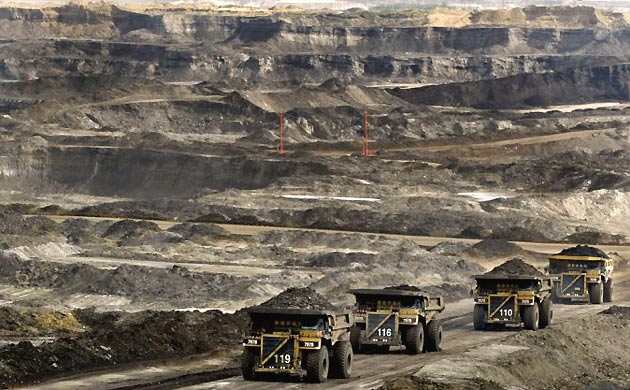
This past July, the federal government indicated its plan to phase out what it termed inefficient fossil fuel subsidies. It introduced new guidelines that would permit federal subsidies if they enouraged decarbonization efforts, provided energy to remote communities, or supported First Nations economic participation in the fossil fuel sector. Subsidies intended only to support production that fell outside of those new directives were supposed to be phased out entirely.
The Environment Canada and the Department of Finance did not respond to requests for a clear explanation of how the government would monitor emissions and determine whether captured carbon was being used for EOR.
“Canada publicly claims to have ended fossil fuel subsidies, but on day one of the United Nations Climate Change Conference [COP 28] the government has announced billions in new handouts for fossil fuel companies, greenwashed as ‘carbon capture and storage,’” Bronwen Tucker, Oil Change International’s global public finance manager said in a press release.
“Because the carbon that’s captured will be used to produce more oil and gas, subsidies for CCS are subsidies for fossil fuels, full stop,” Tucker continued. “Instead of throwing away billions to save a dying industry, Canada should announce a strong emissions cap to phase out oil and gas production, and fund a just transition plan for workers and communities.”
The new study shows that of the Canadian subsidies that Oil Change International has tracked over the past 14 years, most were from the governments of Alberta and Saskatchewan. A majority of federal subsidies reviewed over the same period were directed towards projects in those provinces as well.
“We have $470 million [CAD] that is labeled federal government,” Stockman pointed out. “Two-hundred and forty million dollars of this was for the failing Boundary Dam coal plant, and $120 million was for the Quest tar sands project. The rest were in smaller amounts—millions or tens of millions for various pilot projects, mostly in the Albertan tar sands,” he added.
Stockman noted that many grants from Alberta’s government went to Shell Canada’s Quest project, the Alberta trunkline, and other tar sands pilot projects. “The biggest grant recorded in our database is from SaskPower to the Boundary Dam project,” he said, “which was a $1.1 billion equity loan.” SaskPower is the province of Saskatchewan’s public electric utility.
A DeSmog assessment of 12 major CCS projects around the world found that at least seven had received public subsidies. The two principal Canadian projects—Quest and Boundary Dam—were on the higher end of public contributions, and were also among the least promising projects. Though Boundary Dam was touted as a “world-leading clean coal facility,” it has in fact consistently failed to hit its capture targets, the DeSmog article shows. Moreover, captured carbon dioxide at Boundary Dam was used to pump more oil.
Shell Canada’s Quest facility garnered praise not only as a landmark example of the oil and gas industry’s success at lowering emissions, but also of the industry’s ability to transition into the production of “clean fuels,” in this case blue hydrogen. Analysis by Global Witness in 2022, however, determined the facility was typically capturing less than 50 percent of the emissions it generated, and that over the period of 2015 to 2021, the facility’s carbon emissions exceeded what it claimed it captured.
This comes as no surprise to experts who have scrutinized carbon capture technology.
“While the industry touts the technology as useful for capturing emissions from power generation or industrial processes other than oil and gas production and processing, it has yet to operate any projects that do this cost-effectively or reliably,” Stockman said.
He points out that it’s not been proven that CO2 can be permanently stored in geological structures. The few projects that have attempted to do so, as opposed to injecting the CO2 into oil wells, have run into technical difficulties, he said.
“We really have no evidence that CO2 can be safely stored for millennia,” Stockman notes. “What has been stored so far has only remained in place for a decade or two.”
**This article was updated on December 9 with a correction. Oil Change International noticed an error in their data set that added $2 billion to the total of tracked subsidies from Canadian federal and government sources. As such, the original version of this article reported total Canadian subsidies of at least $4 billion, representing 20 percent of global public investment. OCI issued a correction on Friday and advised DeSmog of the change, which is now reflected in the updated version.
Subscribe to our newsletter
Stay up to date with DeSmog news and alerts


